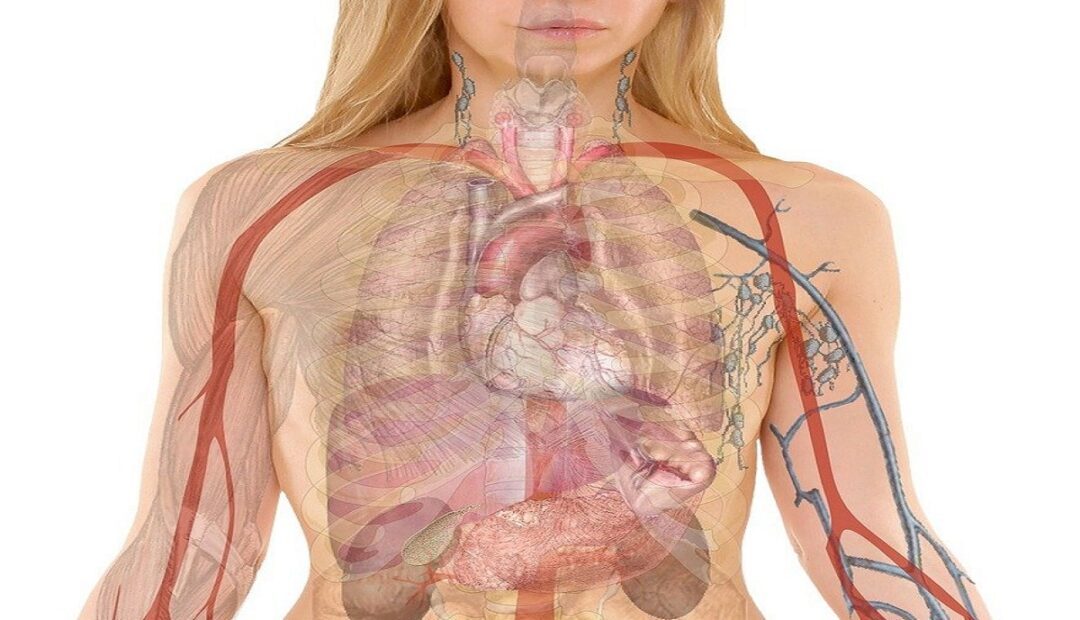ALLERGIC REACTIONS
ALLERGIC REACTIONS An allergy is a hypersensitive reaction to an antigen by the body. The antibody reacts with the antigen violently. People with allergies are oversensitive to foreign materials like dust, pollen grains, some foods, some drugs and some air pollutants. Allergic reactions lead to production of histamine by the body. Histamine causes swelling and […]
ALLERGIC REACTIONS Read More »
